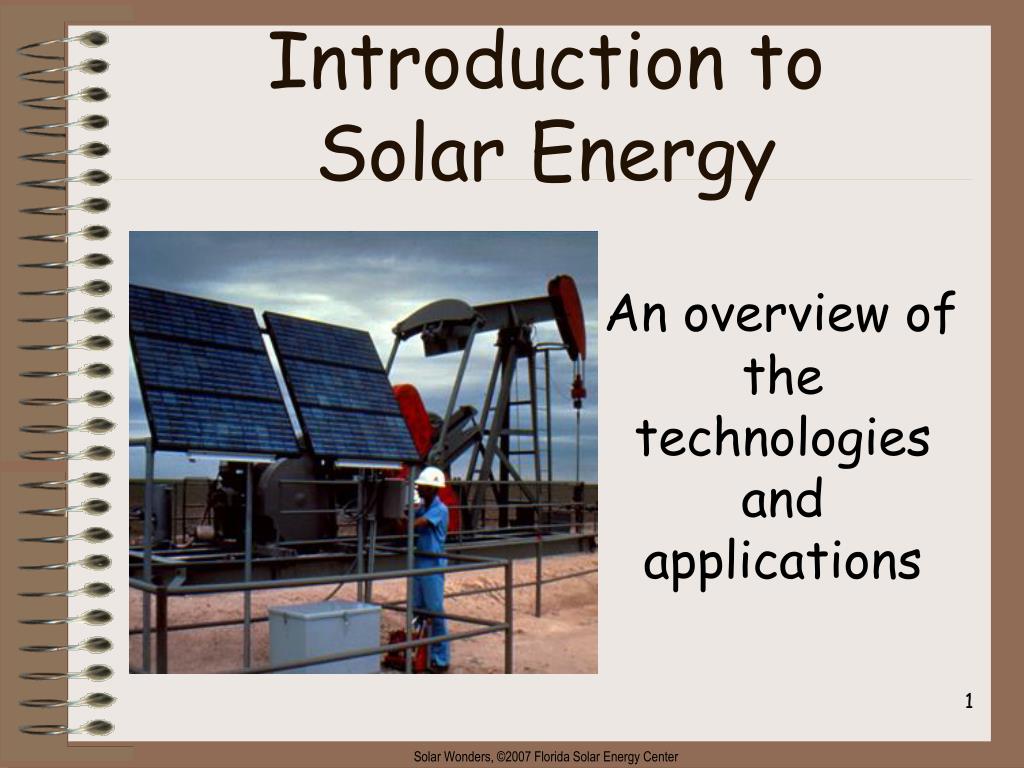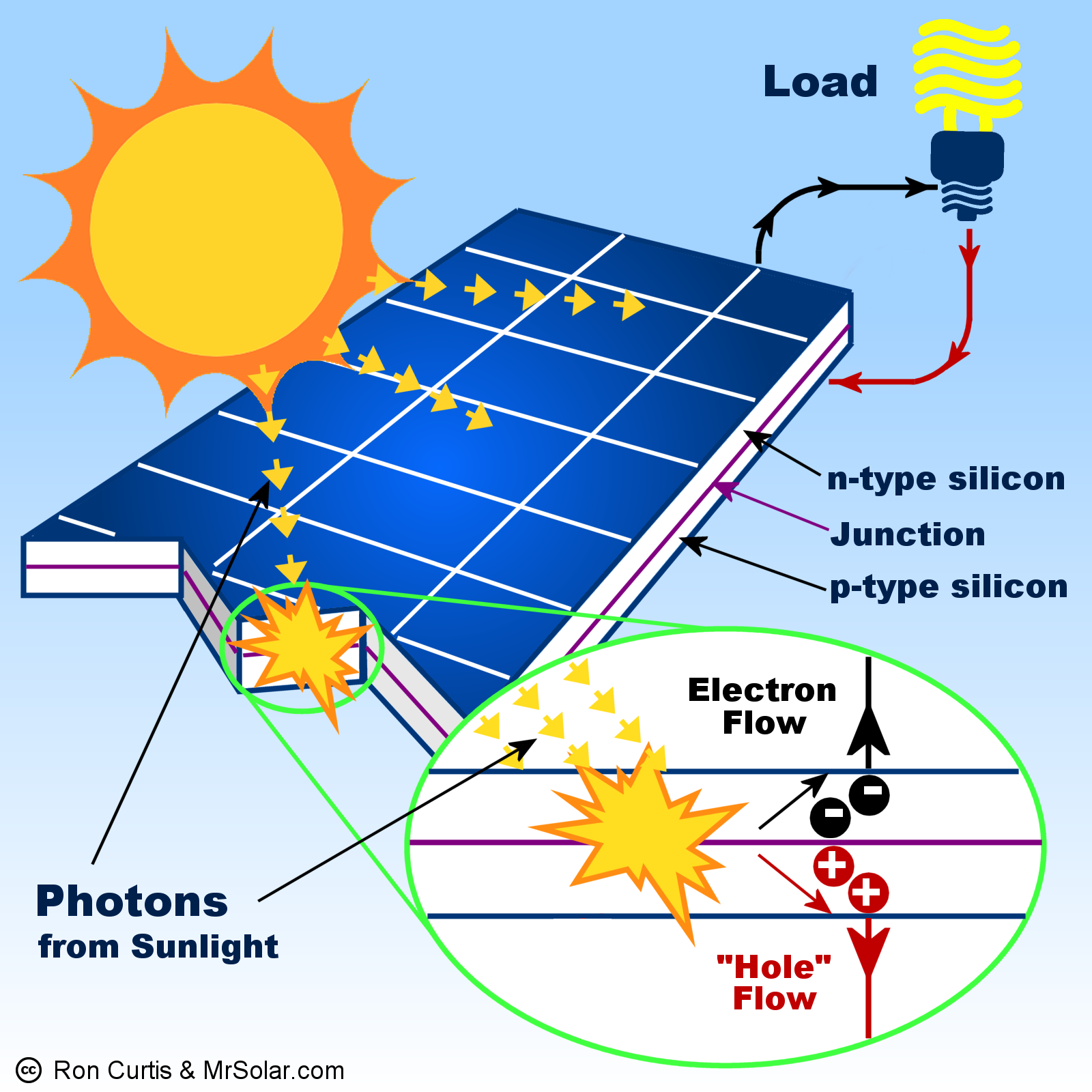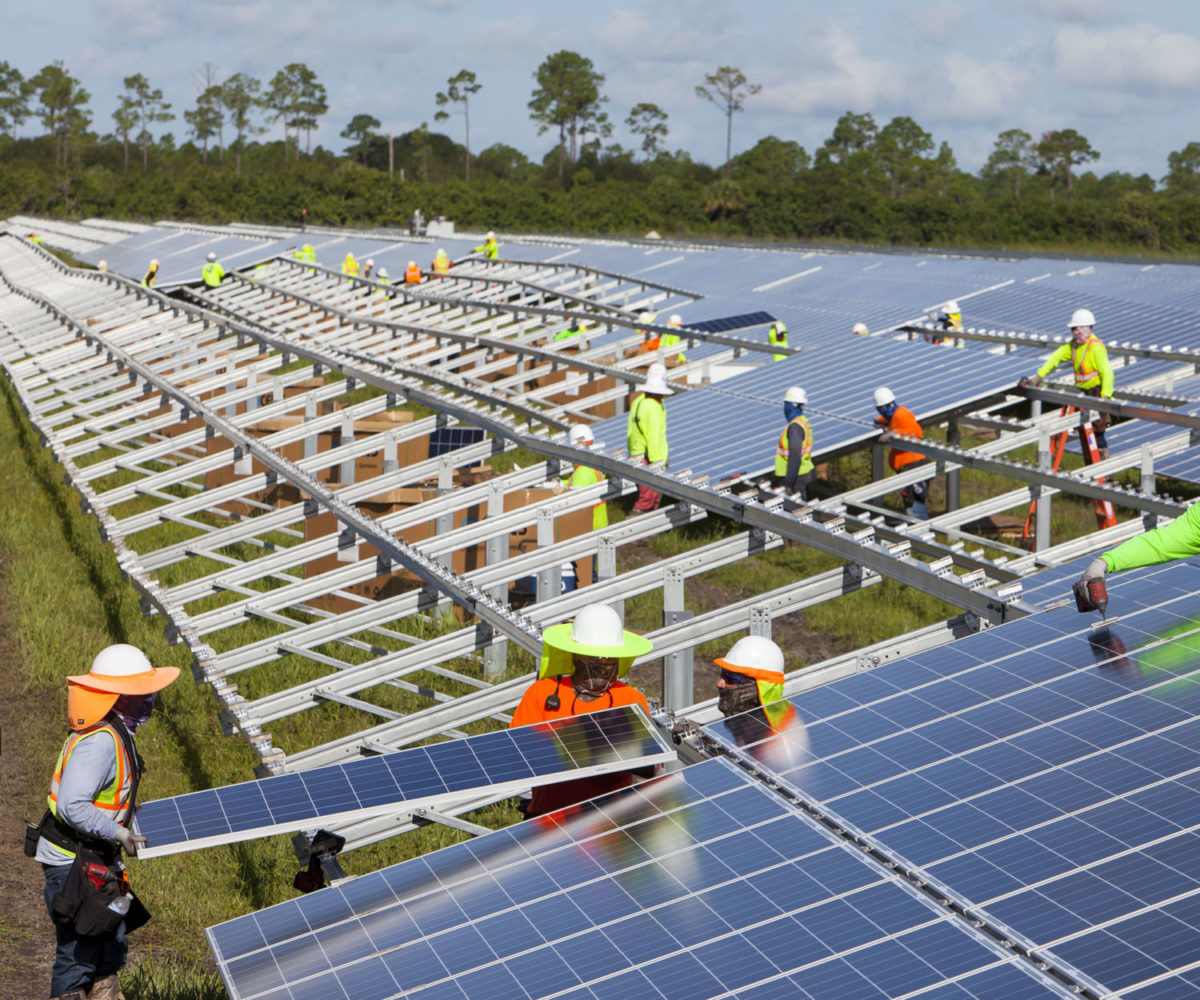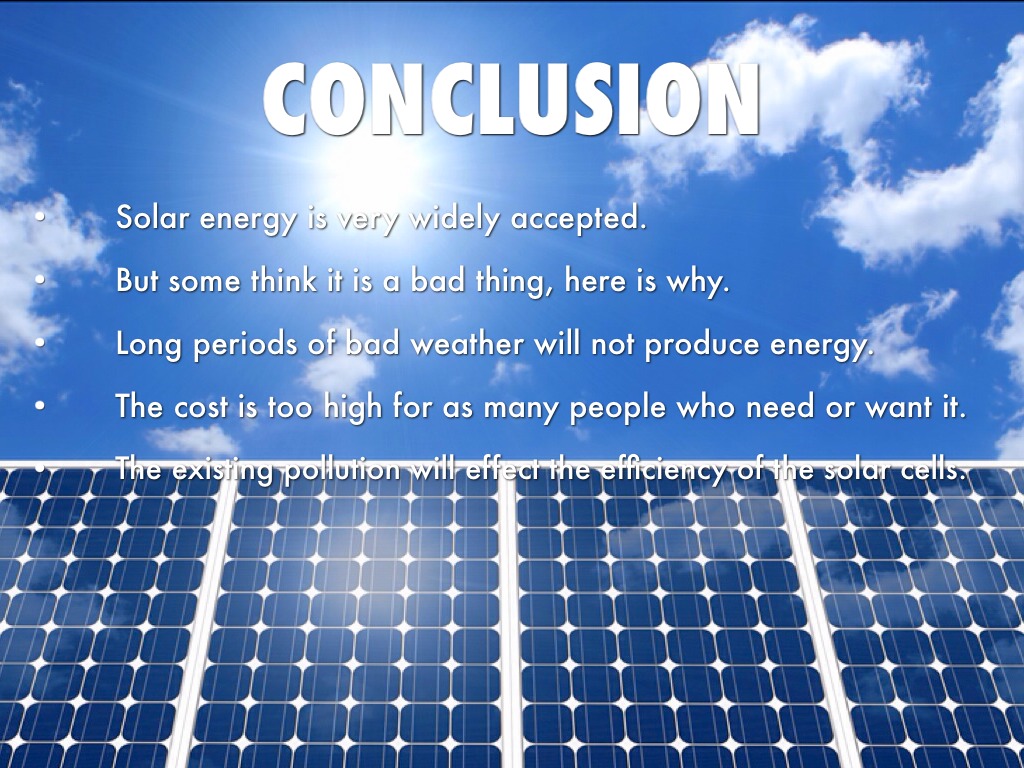Solar Energy Presentation
| Introduction to Solar Energy | ||
|---|---|---|
| Solar energy is a renewable source of energy derived from the sun. It is a clean and sustainable alternative to fossil fuels. Solar energy can be harnessed through photovoltaic panels or concentrated solar power systems. | ||
| 1 | ||
| How Solar Panels Work | ||
|---|---|---|
| Solar panels convert sunlight into electricity using photovoltaic cells. When sunlight hits the cells, it excites electrons and generates a flow of electricity. The electricity produced can be used to power homes, businesses, or stored in batteries for later use. | ||
| 2 | ||
| Benefits of Solar Energy | ||
|---|---|---|
| Solar energy reduces greenhouse gas emissions, contributing to a cleaner environment. It helps to decrease dependence on fossil fuels and foreign energy sources. Solar energy systems can lower electricity bills and provide long-term savings. | ||
| 3 | ||
| Different Types of Solar Panels | ||
|---|---|---|
| Monocrystalline panels are made from a single crystal structure, offering high efficiency. Polycrystalline panels have multiple crystal structures, providing a lower cost option. Thin-film solar panels are flexible and can be integrated into various surfaces. | ||
| 4 | ||
| Solar Energy Applications | ||
|---|---|---|
| Solar energy is used for residential and commercial purposes to power appliances and devices. It can be utilized in remote areas where grid connection is challenging. Solar energy is also used for heating water, powering vehicles, and in space exploration. | ||
| 5 | ||
| Solar Farms and Power Plants | ||
|---|---|---|
| Solar farms are large-scale installations that generate electricity from solar energy. These farms consist of numerous solar panels connected to a grid for distribution. Solar power plants use mirrors or lenses to concentrate sunlight onto a receiver to produce electricity. | ||
| 6 | ||
| Solar Energy Storage | ||
|---|---|---|
| Solar energy can be stored in batteries for use during cloudy days or at night. Energy storage systems allow for a continuous supply of electricity even when the sun is not shining. Advances in battery technology are improving the efficiency and affordability of solar energy storage. | ||
| 7 | ||
| Solar Energy Challenges | ||
|---|---|---|
| The initial cost of installing solar panels can be high, although the long-term savings offset this. Solar energy generation is dependent on weather conditions and daylight hours. The availability of suitable land for large-scale solar installations can be a challenge. | ||
| 8 | ||
| Solar Energy Around the World | ||
|---|---|---|
| Many countries are increasing their solar energy capacity to meet renewable energy goals. Germany, China, and the United States are among the world leaders in solar energy production. Developing countries are adopting solar energy to provide electricity to remote and underserved areas. | ||
| 9 | ||
| Conclusion | ||
|---|---|---|
| Solar energy is a clean, abundant, and sustainable source of power. It offers numerous environmental, economic, and social benefits. Continued advancements in technology and policy support will drive solar energy adoption globally. | ||
| 10 | ||



:max_bytes(150000):strip_icc()/monocrystalline-solar-panel-1302108360-0aa4e05421a64d018def781b259ba751.jpg)





